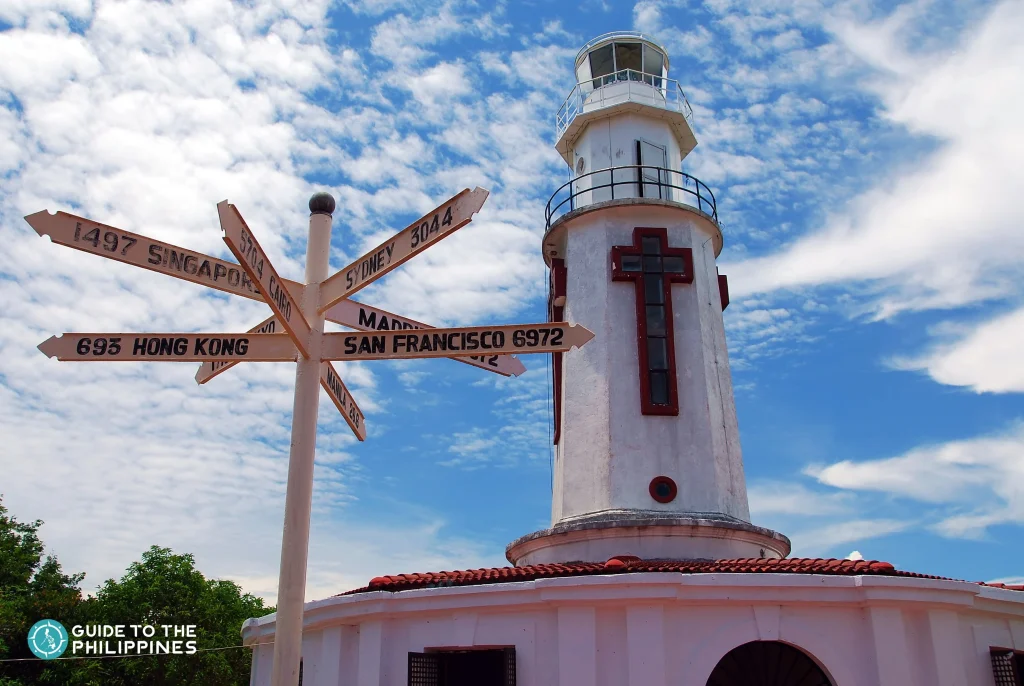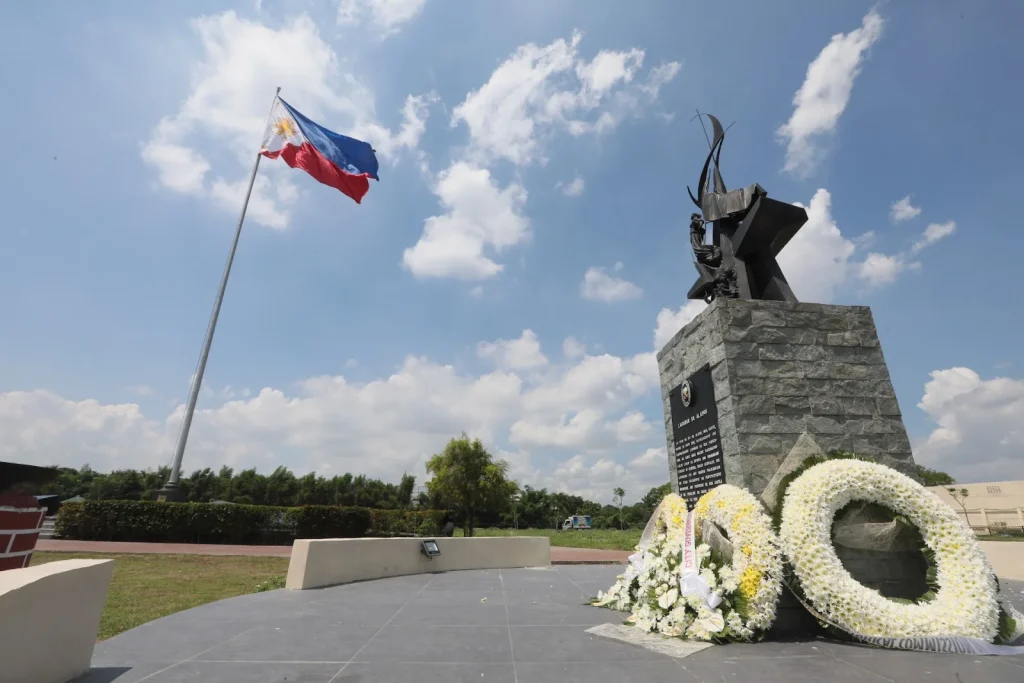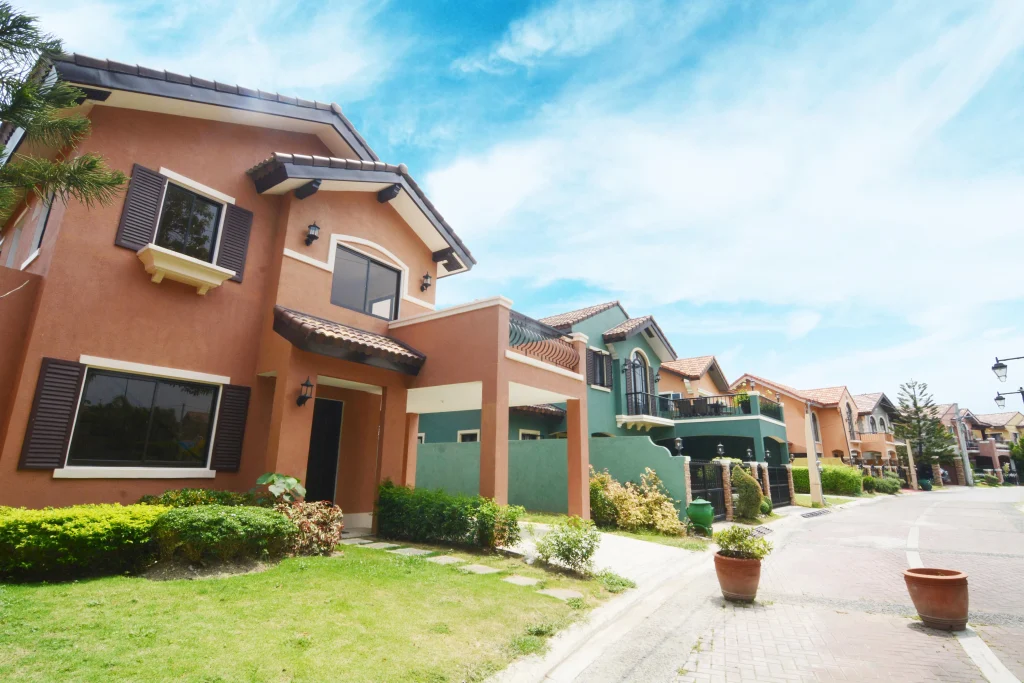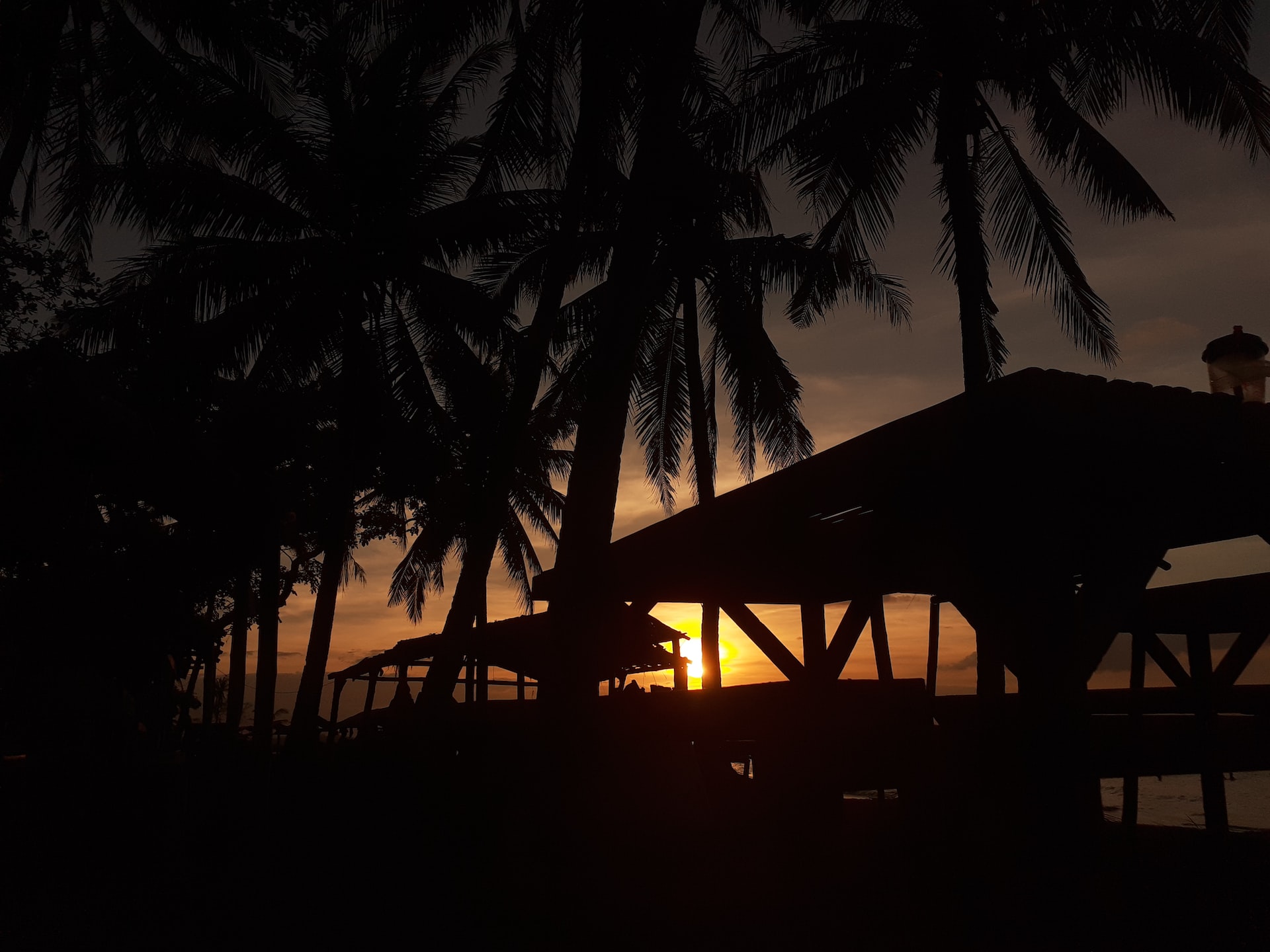If you are considering investing in a house and lot for sale in Cavite, this blog will provide you with the necessary information on what to know about Cavite. The Cavite province is a continuously urbanizing area located south of Metro Manila. This blog will discuss the value that the province possesses.
Brief History of Cavite
The history of the Cavite province is traced back to its origins in the country’s colonial past. Initially, the province was named “Cauit” to describe the hook shape of the land. Over time, however, the Spaniard’s pronunciation of the name would change to “Cavite” given the standard accentuation of the Spanish language back then.

Photo from guidetothephilippines.ph
At the northern tip of Cavite, called Cavite La Punta at the time, was where the Spaniards established Puerto de Cavite, a port that served incoming and leaving Spanish galleons during the Manila-Acapulco Galleon Trade. From a politico-military province in the 17th century, Cavite would soon become the place where Philippine Independence would be proclaimed by General Emilio Aguinaldo in the 19th century. Trece Martires City soon became the historical capital or de facto capital of the provincial government of Cavite in the 20th century.
Culture of Cavite
The Cavite province is primarily inhabited by Tagalogs, wherein Caviteño and Ternateño are Tagalog dialects that are spoken apart from the standard Filipino language. In addition, a pidgin form of Spanish called Chavacano is spoken in areas like Ternate and Cavite City.
The 16 municipalities and 8 cities of the Cavite province comprise 3 regions, namely, Southern Cavite, Northwestern Cavite, and Northern Cavite. Southern Cavite is described to be the section of Cavite that possesses much of the tourism of the province, with Northwester Cavite being the suburban section, and Northern Cavite being made up of coastal communities around coastal and alluvial plains. The people inhabiting these divisions are said to commonly show hospitality to others.
Inhabitants of the Cavite province have their own festivities and town fiestas as well. The province’s patroness, Nuestra Señora de la Soledad de Porta Vaga, is celebrated in an annual festival called Fiesta de la Reina del Provincia de Cavite, wherein the image of the patroness is enshrined at the Roman Catholic San Roque Church.
Part of the culture of Cavite is its historical significance. Major historical sites such as the Aguinaldo National Shrine, Corregidor Island, and Fort San Felipe are all under the jurisdiction of Cavite.
Cuisine of Cavite
There are several distinct dishes to try in the province. For example, a variant of Pancit called Pancit Luglug is a “breakfast version” of Pancit Palabok that uses thicker noodles served with Bibingka rice cake, spring onions, and seafood. Snacks in the province such as the boiled sweet corn sold at the “Silang by-pass road” and the Halo-halo sold on the streets of C. Gawaran and H. Rubio in Digman are praised as well. A local coffee drink called “Kapeng Barako” is commended too.

Photo from bilkenn.com
Trade, Industrial, and Commercial Sectors of Cavite
Cavite occupies the land area south of Metro Manila. It is north of Batangas, west of Laguna, and East of the West Philippine Sea or South China Sea, the Cavite province takes advantage of its location. The province has coastal towns with coastal fishing grounds, making fishing a significant source of livelihood. Although, the province is primarily an agricultural province, selling crops such as sugarcane, fruits, rice, coconut, corn, coffee, and other vegetables. Furthermore, various parts of the province are becoming increasingly urbanized. Developments in industry and trade continue the building of residential communities in the province.
A historically significant province, Cavite remains significant in the present and much more in the future with its trade, industrial, and commercial sectors.
Growing Communities
As the commercial and industrial sector of Cavite grows, a rise in the number of chain supermarkets and malls has increased, especially in the suburban and tourism areas of the province, like the Second Summer Capital, Tagaytay City. Industrial parks and subdivisions are continually developed, significantly observed in cities like Dasmariñas, Bacoor, and Imus City, which are seemingly becoming extensions of Metro Manila given the continual urbanization.
With the growth in residential communities comes a growth in population density as well, which is pushing Cavite towards a densely populated province. Traffic jams have become a common occurrence, although the local government is continually making plans to provide solutions on how the cities of the province can have access to more methods of transportation.
Natural Resources
Cavite is rich in natural resources, in which many of the province’s disposable lands are used for residences, commerce, tourism, and the like. Certain lands are used as production lands to gather resources through mining, agriculture, and fishery.
The forests in Cavite provide many forest products such as bamboo while around 15 mining areas in the province provide mining materials, in which both forest and mining materials are used for many purposes. The other significant use of the land is for agriculture.
Fishery, in particular, offers a lot of opportunities for the province given that there are several tributaries and major rivers that make up the hydrological network of Cavite. From the highlands of Maragondon and Tagaytay, the river flow moves towards Manila Bay. The presence of coastlines gives the province access to marine resources and places for tourism. While the fishery areas produce fish processing and fish products, the water sources in lowland areas of the province provide water supply for residences.

Real Estate in Cavite
Much of the developed areas in Cavite are either industrial sites, residential communities, or commercial areas. The 2015 Philippine Statistics Authority, Cavite has a total population of 3,678,301 with 877,767 households. The continuously growing population fosters the need for the development of more residential communities to house people and industrial and commercial establishments to offer employment and produce goods and services. It also boosts the growth of the real estate market in the province, which means that the value of a house and lot for sale in Cavite is expected to increase in value given the steady growth of the market.
Advantages for Cavite Real Estate Investors
Since Cavite is located south of Manila, comparisons can be made between the prices of houses and lots in Cavite and the business districts of Manila. Cavite properties are observed to be not just more affordable, but also maintaining steady development that is said to continue until 2025.
Given the continuous urbanization of Cavite, real estate investors and homeowners of a house and lot for sale in Cavite will benefit from investing in real estate in Cavite for the coming years. An added advantage to this is also the fact that Cavite has access to road networks such as SLEX, MCX, CAVITEX, and SKYWAY, with ongoing projects such as the LRT extension and CALAX underway. Not to mention the already existing major roads such as the Aguinaldo Highway, Antero Soriano Highway, Molino Boulevard, and Governor’s Drive.
Advantages for Cavite Real Estate Investors
Cavite’s urbanization does not only mean an increase in residential communities and commercial and industrial areas, it also means an increase in the value of properties in the province. This is due to many factors, such as the location of Cavite being south of Manila with its status of becoming increasingly urbanized. The access to major highways, road networks, and ongoing public works projects in the province also boost activity and transport to and from Cavite.
Furthermore, prominent developers such as Vista Land have completed and ongoing projects that serve to increase economic growth and activity in the province, such as the following:
- Praverde Dasmariñas, located in Dasmariñas
- Vista City or Villar Land, located in Bacoor and Dasmariñas
- Crosswinds, located in Tagaytay
- Stanza, located in Tanza
Read more: Cavite: The Land of The Brave


